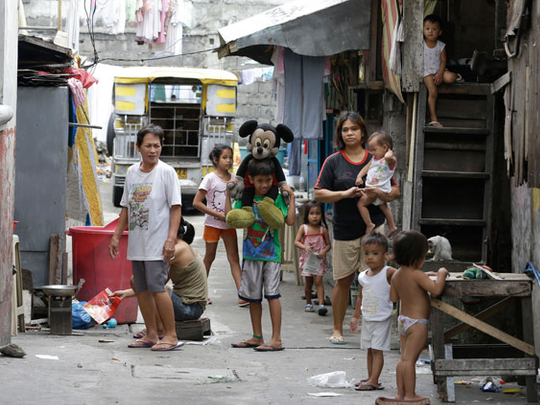

The six guidelines of the SSD, slightly simplified for convenience, are as follows: 1) functioning schools and universities should not be used for military purposes, 2) schools and universities that have been evacuated should not be used for military purposes, 3) schools and universities must never be destroyed, 4) parties to armed conflict should consider all feasible alternative measures, including warning the enemy in advance, 5) the fighting forces of parties to armed conflict should not be employed to provide security for schools and universities, and 6) all parties to armed conflict should incorporate these guidelines into their military manuals, rules of engagement, doctrine, operational orders, and other means of dissemination. The Six Guidelines of the Safe Schools Declaration The SSD is the outcome of a movement organized by the Global Coalition to Protect Education from Attack ( GCPEA), comprising international organizations such as the United Nations Children’s Fund (UNICEF) and Save the Children, initiated in 2010. At the conference, hosted by the Norwegians, 37 governments agreed to the SSD. The SSD was drafted and opened for endorsement by countries at an international conference held in Oslo, Norway, on May 28, 2015. In order to protect schools and children in armed conflict, the government of Norway, hand in hand with civil society groups, has sought to initiate the Safe Schools Declaration (SSD) as a soft law rather than a legally binding treaty. This is due to the fact that schools are apt to be used for military purposes in wartime. During times of armed conflicts, civilians, particularly students, tend to be targeted and victimized in violation of the Geneva Convention relative to the Protection of Civilian Persons in Time of War, or the Fourth Geneva Convention.


 0 kommentar(er)
0 kommentar(er)
